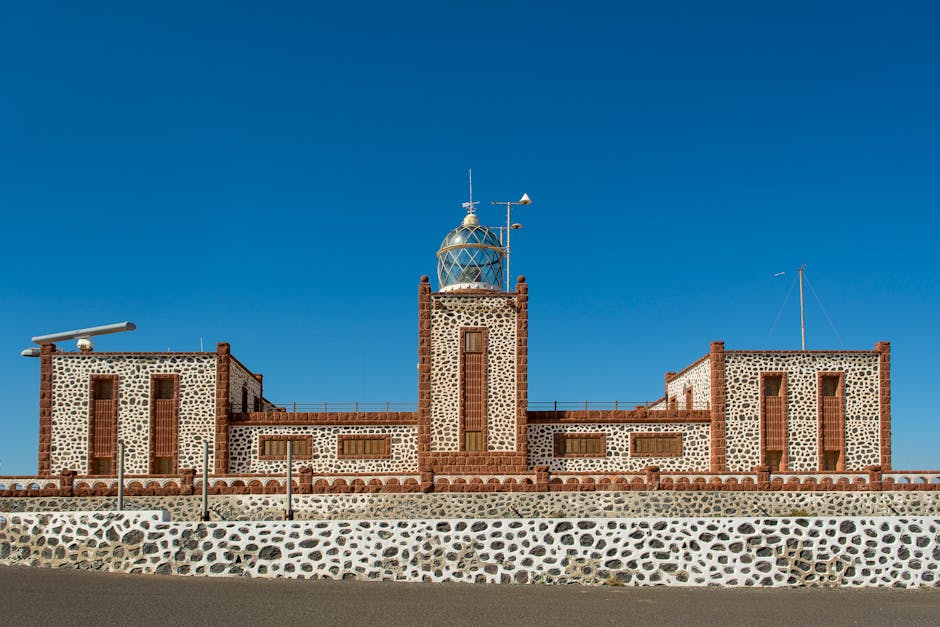
Spain, known for its rich history, stunning architecture, and vibrant culture, has much more to offer beyond its popular tourist attractions. For those with a curious mind and a penchant for uncovering the lesser-known facets of a country’s history, Spain’s hidden legal landmarks present a fascinating journey through time. From ancient courthouses to historic law libraries, these sites tell the story of a nation shaped by its legal and judicial evolution. As you plan your travels to Spain in 2025, discover these hidden gems that offer a unique glimpse into the country’s legal heritage.
1. The Royal Chancellery of Valladolid
Located in the heart of Castile and León, the Royal Chancellery of Valladolid is one of the oldest and most significant legal institutions in Spain. Established in the late 15th century by the Catholic Monarchs, its purpose was to serve as a supreme court for Castile. The building itself is a masterpiece of Spanish Renaissance architecture, featuring intricate stone carvings and an impressive facade.
Visitors to Valladolid can explore the courtyard and the grand halls where important judicial decisions were once made. The chancellery’s role in consolidating the Spanish legal system makes it a vital stop for anyone interested in the country’s judicial history.
2. The Royal Court of Seville
The Real Audiencia de Sevilla played a crucial role in administering justice throughout Andalusia during the Spanish Empire. Situated in Seville, this historic courthouse showcases the blend of Moorish and Gothic architectural styles unique to the region. The Royal Court of Seville was instrumental in handling cases during the colonial expansion, reflecting Spain’s legal reach across continents.
The building is not only an architectural marvel but also a museum where visitors can learn about the Spanish judicial system’s evolution. Guided tours offer insights into the legal proceedings of the past, making it a must-visit for history and law enthusiasts.
3. La Lonja de la Seda and its Tribunal del Mar
Valencia’s La Lonja de la Seda is a UNESCO World Heritage Site famous for its Gothic architectural beauty and historical significance. Originally a silk exchange, it housed the Tribunal del Mar, a maritime court that regulated trade and resolved merchant disputes in the Mediterranean.
The intricate stonework and the expansive main hall are remarkable, but the site’s historical importance as a center of commercial law makes it particularly intriguing. Today, La Lonja serves as a window into the commercial and legal practices of medieval Spain.
4. Barcelona’s Palau de la Generalitat
In the bustling city of Barcelona, the Palau de la Generalitat stands as a testament to Catalonia’s legal and administrative history. Home to the Generalitat de Catalunya, the building is one of the few medieval government institutions still in use today.
Visitors can admire the blend of Gothic and Renaissance architecture while delving into the complex political and legal history of the region. The Palau is not only a center of governance but also a symbol of Catalan identity and its legal traditions.
5. The Archives of the Crown of Aragon
Housed in the ancient city of Barcelona, the Archives of the Crown of Aragon hold one of the most important collections of historical documents in Europe. These archives, established in the 14th century, offer a treasure trove of information on the legal and diplomatic history of the Crown of Aragon.
Researchers and history buffs will find a wealth of material covering everything from royal decrees to international treaties. Accessing the archives can be an enlightening experience, revealing the intricate legal and political workings of medieval and Renaissance Spain.
6. The General Archive of the Indies in Seville
The General Archive of the Indies is a gem for those interested in the history of Spanish law during the colonial era. Located in Seville, this archive contains invaluable documents related to the administration and governance of Spain’s overseas territories.
As a UNESCO World Heritage site, the archive provides insights into the legal frameworks that supported Spain’s colonial activities. It is an essential stop for understanding how Spanish law adapted to new challenges across the Atlantic.
7. The Law Library of the University of Salamanca
The University of Salamanca, one of the oldest universities in the world, hosts a law library that is a beacon of legal scholarship. The library’s collection spans centuries, offering a comprehensive look at the development of legal thought in Spain.
Its historical manuscripts and legal texts provide a unique perspective on the evolution of legal education and practice. Visitors can explore the university’s stunning architecture and immerse themselves in the academic atmosphere that has shaped Spain’s legal minds for generations.
8. The Audiencia Real in La Coruña
The Audiencia Real in La Coruña is a lesser-known but historically significant courthouse that played a vital role in the judicial history of Galicia. Established to administer justice in the region, the courthouse reflects the legal customs and traditions of northern Spain.
The building is a fine example of neoclassical architecture, and its historical significance lies in its representation of regional legal autonomy. A visit to this courthouse offers insights into the diversity of legal practices across Spain.
FAQ
Q: Are these legal landmarks accessible to the public?
Most of these landmarks are accessible to the public, often as part of guided tours or museum exhibits. It’s always best to check ahead for opening hours and any special visitor requirements.
Q: Can I take photographs inside these historic sites?
Photography policies vary by location. Some sites may allow photography without flash, while others may have restrictions to preserve delicate materials. Always respect posted guidelines.
Q: Are there guided tours available at these legal landmarks?
Yes, guided tours are often available and provide valuable insights into the history and significance of each site. They are highly recommended for a deeper understanding of the legal heritage on display.
Q: How do I reach these landmarks using public transportation?
Major cities like Barcelona, Seville, and Valencia have well-connected public transportation systems, including buses and metros, making these landmarks easily accessible. For smaller towns, regional train services are an efficient option.
Q: Are there nearby accommodations for travelers?
All these landmarks are situated in cities or towns with a range of accommodations, from budget hostels to luxury hotels, ensuring comfortable stays for all types of travelers.
Conclusion
Spain’s hidden legal landmarks offer a unique lens through which to view the country’s rich history and cultural heritage. These sites, steeped in centuries of legal and judicial tradition, provide travelers with a profound understanding of Spain’s development over time. As you explore these courthouses and libraries, you’ll not only witness magnificent architecture but also gain insight into the legal frameworks that have shaped modern Spain. Whether you’re a legal enthusiast or a curious traveler, these hidden gems offer an unforgettable journey into the heart of Spanish legal history.


